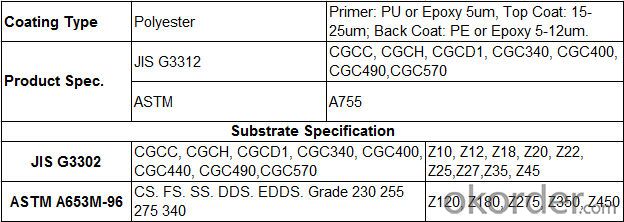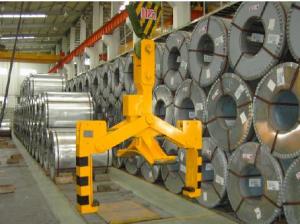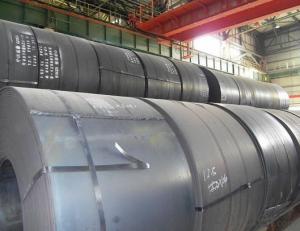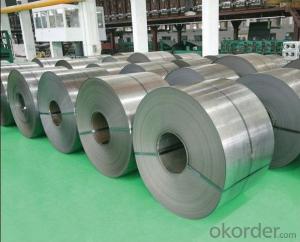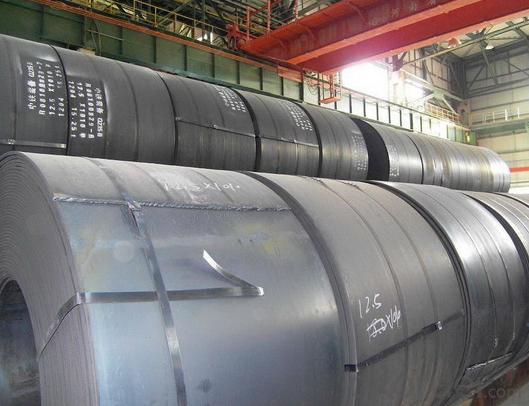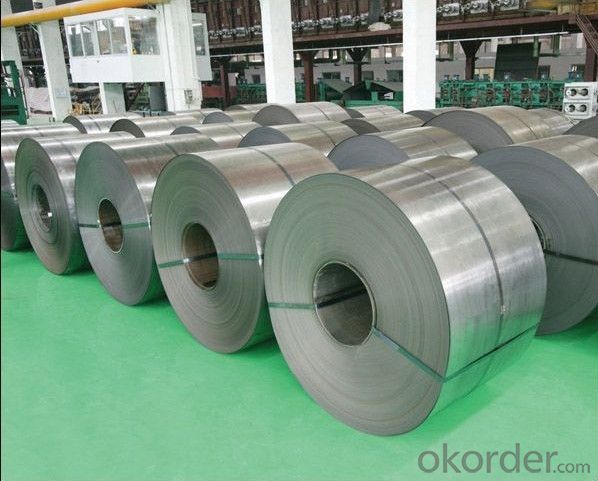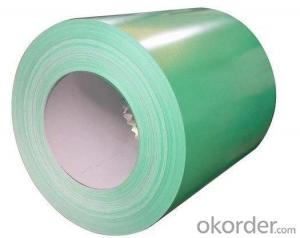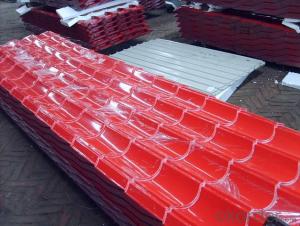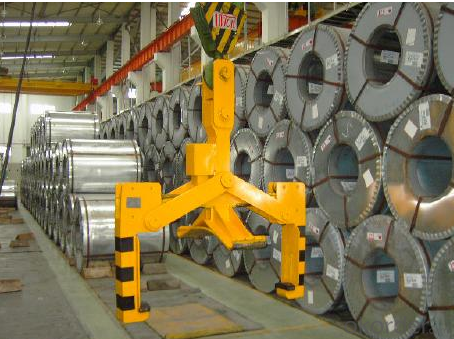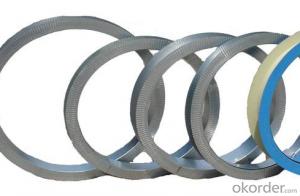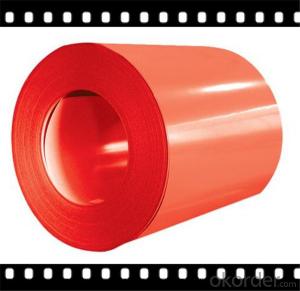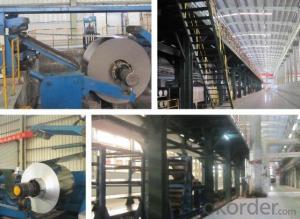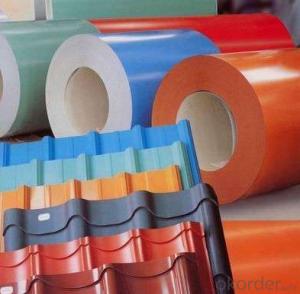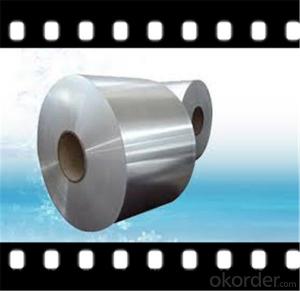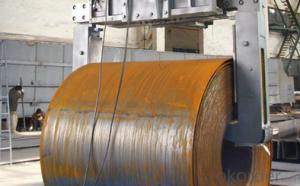Quick Details
Standard: ASTM, DIN, GB, JIS, AS/NZS 2728
Thickness: 0.15-1.5mm
Brand Name: SIMMIC
type: Steel Coil
Technique: Cold Rolled
Surface Treatment: Coated
Width: 750-1534mm
Length: Coil
Packaging & Delivery
Packaging Details: Oscillated wound: one coil per bundle, inner is the protecting humidity-protect humidity-proof wax paper. Medium is plastic film. Outer is sackcloth or compound paper packing. Coil to be laid on single type pallet (one pile per pallet) Delivery Detail: 25days but also depends on the quantity and specification. Specifications
1. Top 2 coat: primer 5uM, top coat 15-20uM.
2. Back 2 coat: primer 2-5uM, back coat 5-20uM.
3. Back 1 coat: back coat 5-10uM.Polyester Coated Pre-Painted
Hot-Dip Galvanized Steel Coil (PPGI)
